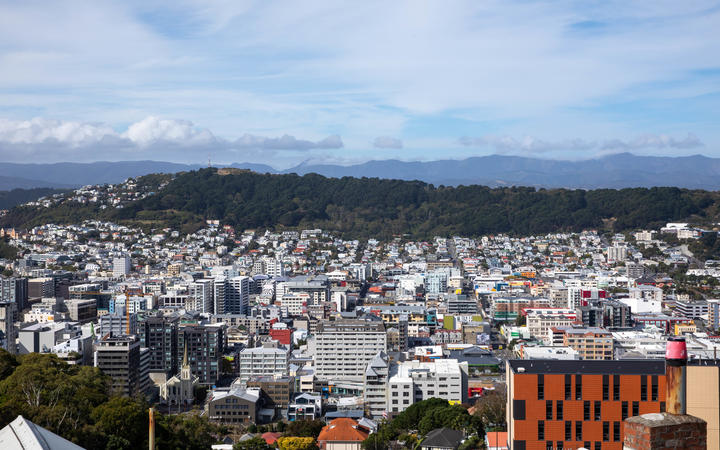Suite à plusieurs articles annonçant un vote au consil municipal de Wellington à même de modifier considérablement la ville, j'ai envoyé en urgence un mail à tous les conseillers municipaux pour partager mes craintes.
Le 31 Juillet 2020 - Tags: opinion
Mr Mayor, Councillors,
Following a few articles on Stuff last week, and the publication today of an article on the RNZ web site called “Wellington Council to consider higher building limits for housing” (available here: https://www.rnz.co.nz/news/national/422414/wellington-council-to-consider-higher-building-limits-for-housing), I am writing to you to share my concerns.
They are of two folds. The first one relates tot the consultation process. To my knowledge, there has only been one round of consultation on this transformative piece of legislation, dating back from the previous Council. It was called “Planning for growth” and gave the public four options to choose from. It allowed participants to share their preferred model to accomodate growing population. Notwithstanding the way the options were spelled out (which, in my view, where veering the survey in one direction), the then Councillor, now Mayor, said there would be years of consultation following this survey. However, the article on the web site lays out the facts quite differently: the Council is called to vote on a legislation change that will completely transform Wellington as we know it. Where is the consultation? When will the community be involved in the greater design? The stigma of Shelly Bay and it’s lack of engagement have shown how a process that cuts the voice of the community can fire back at everyone’s expenses. I would like also to remind Mr Mayor that he was elected on the commitment to have greater community engagement. This type of transformative legislation is exactly where residents should have their say.
My second concern, by far the greatest, is how the question is framed. I fully acknowledge the housing crisis and the need to build more. I fully acknowledge the climate crisis finds one of its answer in higher density clustered around good amenities. However, the answer, as stated in the decision the Council is asked to make, seems to only address the need for housing, without wider consideration to what will happen when people have to live in these places. In other words: Debating the building height limits is a very narrow way of looking at the challenges a city like ours is facing.
Indeed, these narrow-minded approaches have been tested, couple of decades ago, and we now know where they’ve failed. “Putting a roof on people’s head”, without baking other considerations in the law at the same time has resulted in concrete jungles, where socio-demographics tend to cluster, creating wealthy ghettos or nests for poverty, attracting violence, drugs, and heavy social costs.
It is therefore vital the legislation goes way further than debating building height, and ensure these new suburbs (or rather, the new face of existing suburbs) have all other considerations included in their design: access to public transport, adequate (in opposition to falling apart) water infrastructure, housing efficiency, and one aspect that is often overlooked: wellbeing.
This point is very important: how can this piece of legislation ensure these higher, denser buildings don’t become chicken battery farms where no one wants to live? How do we ensure we build for future generations? Also, isn’t there an opportunity to look at making these new buildings a place where people thrive as well as biodiversity?
One simple way, yet often ignored, to address these concerns is to ensure that each new section, when redeveloped to accomodate greater density, includes a minimum area for green space. The legislation, while allowing for higher developments, could mandate a minimum of 15 or 20% for trees and landscaping. This, true to Wellington’s character, would ensure people have access to what is known to immensely contribute to wellbeing, create spaces that are desirable, and create a mesh between living spaces and Nature, which is reciprocally beneficial.
I have lived in cities where green spaces had simply been completely ignored, both by developers and by public governance: retrofitting such space after decades of concrete centric developments have been immensely challenging, leaving these cities in a dull state. I beg the City Council to consider its options wisely, to ensure the Wellington we love, while adapting to changes, does not become this dull concrete jungle.
Kind regards,
Benoit Pette
- Benoit -



